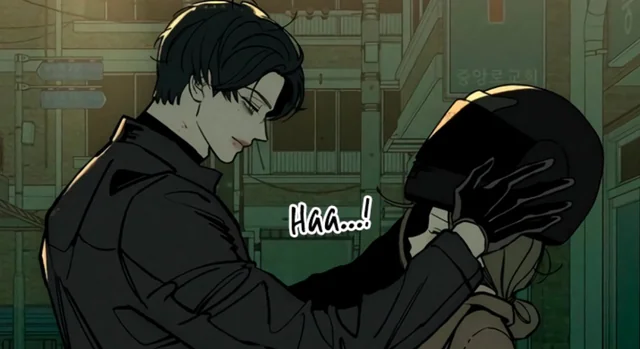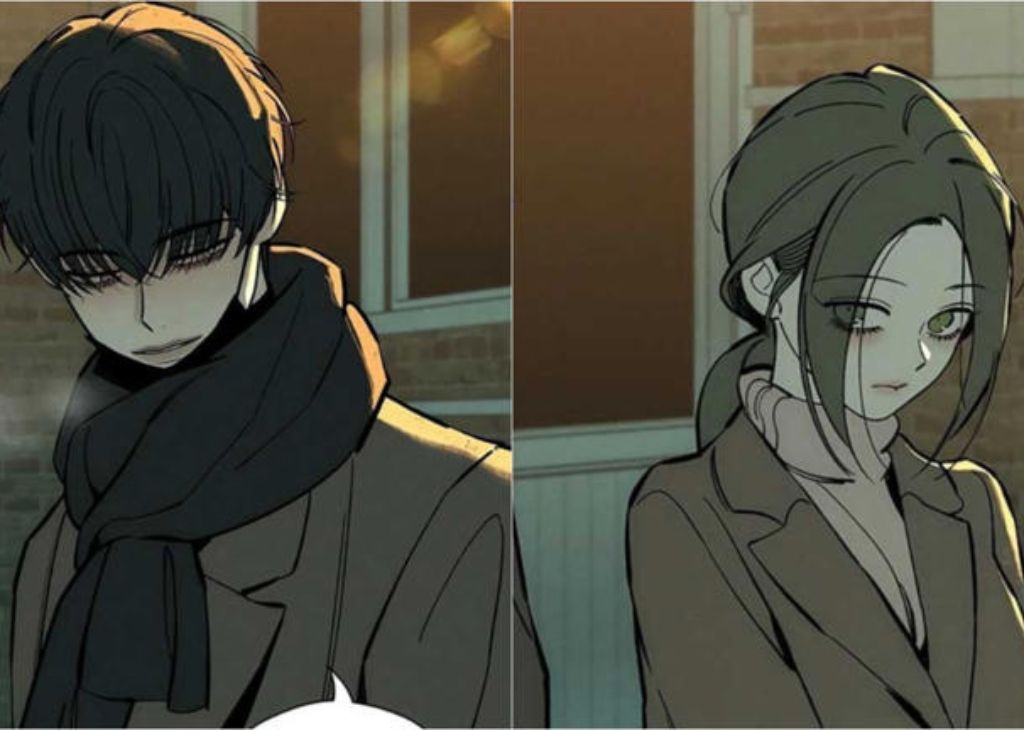Chapter 21 of Tears on a Withered Flower opens with a powerful, almost haunting image: a dried, once-beautiful rose crumbling silently in Mira’s hands as the winter sun filters through the frost-glazed window. This chapter marks a turning point in Mira’s emotional and spiritual journey, a reflective pause that captures the raw weight of grief, the complexity of healing, and the slow but sure emergence of resilience. It is not only a poetic continuation of her story but a symbolic rebirth—one that makes the “withered flower” in the title finally bloom again, even through its tears.
The Setting of Silence

The chapter begins in almost complete silence. Mira is alone in her grandmother’s cottage, now hers after months of legal battles, emotional unraveling, and the slow fading of her mother’s memory into illness. The silence of the cottage mirrors the silence inside Mira—a void left by losses too heavy to carry, yet too sacred to let go of.
Author Lena Harrow uses the landscape in Chapter 21 with masterful symbolism. The frozen garden, still holding remnants of the summer’s glory in the brittle shapes of flower skeletons, echoes Mira’s heart—touched by beauty, but encased in frost. The description is vivid, cinematic even: “The vines that once danced in golden winds now curled like forgotten words, their petals paper-thin and fragile as promises never kept.”
A Letter from the Past
Halfway through the chapter, Mira discovers something unexpected—a letter hidden in the pages of an old poetry book, tucked away behind a dusty stack of forgotten belongings. The letter is addressed to her mother, written by Mira’s father, who had left when she was just a child. The words in the letter are not excuses, but confessions. Not apologies, but truths.
This scene is the emotional center of Chapter 21. As Mira reads, her tears fall on the paper—real tears on a real flower, drawn on the stationery he used. She learns that her father had suffered from depression, that he left not out of abandonment, but from a belief that his presence was more damaging than his absence. For the first time, Mira sees the story from outside her own pain.
This moment of revelation doesn’t offer neat closure, but it brings perspective. The withered flower in her hand becomes a metaphor for relationships that may have died, but still shaped the soil they grew in. The tears are not just sorrow—they’re understanding.
The Metaphor of the Withered Flower
Throughout the novel, the image of the “withered flower” recurs. It’s a metaphor for Mira herself—once vibrant, full of dreams, now diminished by grief and exhaustion. But Chapter 21 challenges that interpretation. Here, we see that even a withered flower holds a story, a kind of quiet beauty, and the possibility of rebirth.
In a key scene, Mira ventures into the garden despite the cold. She finds a single green shoot pushing up through the frost. It’s small and trembling, but alive. She kneels beside it, her breath fogging in the air, and smiles—not because everything is better, but because something still grows. It’s a beautiful, symbolic gesture that underscores the chapter’s theme: healing is not loud, not sudden, but gradual and quiet—like a seed splitting open underground.
A Conversation with the Dead

Later in the chapter, Mira visits her mother’s grave. This isn’t a scene of finality but one of deep dialogue. Though her mother is gone, Mira speaks aloud—sharing the contents of the letter, confessing her own regrets, whispering her thanks. The chapter doesn’t shy away from the reality of loss. Mira still aches. But there’s clarity now, and a kind of peace that hadn’t been present in earlier chapters.
Harrow’s writing here is delicate and restrained. She allows Mira space to simply be. There is no forced revelation, no dramatic epiphany. Just a woman, talking to the woman who raised her, letting go and holding on at the same time.
Transformation Without Perfection
What makes Chapter 21 so moving is that it doesn’t promise complete healing. Mira doesn’t suddenly feel whole. She doesn’t have all the answers. What she gains is a sense of movement, of direction. Her pain hasn’t vanished, but it’s no longer the only thing she can feel.
The withered flower isn’t discarded—it’s pressed into a journal, remembered, honored. Her tears aren’t signs of weakness, but of deep love, still pulsing beneath the ache. In fact, it’s this very grief that allows Mira to see beauty again. She begins to paint once more, tentatively, her brushstrokes unsure but brave. The last line of the chapter captures this beautifully:
“There, beneath the frost and memory, something new took root—nourished not in spite of sorrow, but because of it.”
Final Thoughts
Chapter 21 of Tears on a Withered Flower is a meditation on grief, memory, and the quiet growth that comes when we least expect it. It doesn’t offer grand resolutions but instead honors the small, significant shifts in a grieving heart. Through delicate prose and deep emotional resonance, the chapter reminds us that even withered flowers hold life—and that tears, far from being a sign of defeat, are often the water that helps something new grow.
For readers journeying through pain or seeking meaning in their own losses, this chapter offers a mirror—gentle, honest, and ultimately hopeful.




